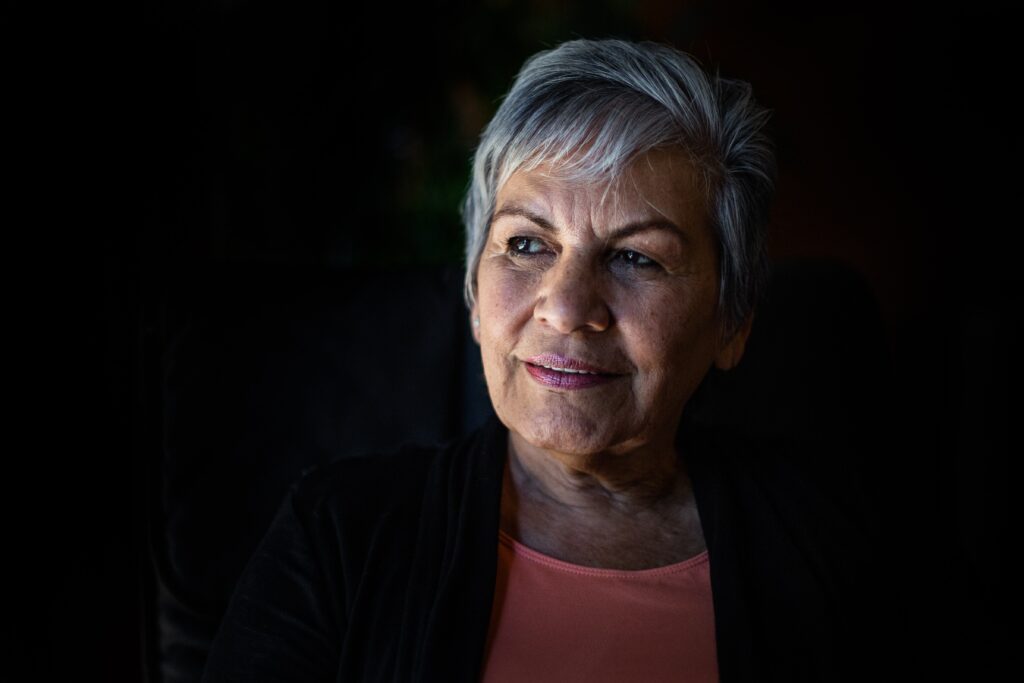One of the most common questions and complaints we get about the Registered Disability Savings Plan (RDSP) is why are people no longer eligible to receive grants and bonds after the end of the year in which the person with the disability (beneficiary) turns 49? Many folks don’t learn about the RDSP until later in life and discover that they have missed out on the opportunity to receive some or all possible grants and bonds, even if they were eligible in earlier years.
So why did Employment and Social Development Canada (ESDC) set this regulation for the RDSP?
With only 12 years since the inception of the RDSP, we know that there is room for improvement. Let us break down the reasons for stopping grant and bond contributions into an RDSP at age 49.
The 10 Year Proportional Repayment Rule: This is the most important factor in reasoning out why grants and bonds end at age 49. Without going into too much detail, this rule states that if you were to receive grants and bonds from the government in the last 10 years, you will not be able to withdraw from the RDSP without a steep penalty. Doing so would cause you to repay up to $3 of government contributions for every $1 withdrawn from the plan. This includes withdrawals of grants and bonds received in the last 10 years that were received retroactively for years outside of the 10-year window.
Mandatory Lifetime Disability Assistance Payments (LDAPs) start in the year in which the beneficiary turns 60. For many people, this is the only feasible option for withdrawing from an RDSP. Based on the 10-year rule, if people still received grants and bonds between the age of 50-59, they would not be able to withdraw funds from the account without penalty until they were in their 70s!
Encouraging an early start and long-term savings: Similar to a Registered Retirement Savings Plan (RRSP), the RDSP is meant to be used for one’s retirement. This is not something that is meant to be dipped into easily because the purpose of the RDSP was to help people with disabilities save for their future without worrying about losing any federal and most provincial benefits. While the RRSP has more flexibility and options than the RDSP, the RDSP is much more advantageous to a person with a disability, and is more beneficial the earlier you open one. This also allows time for the RDSP to grow with investments and have the beneficiary experience the joys of compounding interest.
Should I still open an RDSP if I’m over 49?
Even if you are not eligible to receive grants and bonds but you are eligible to open an RDSP because you are in a year before the year in which you turn 59, there are still some reasons that you may want to apply for the Disability Tax Credit (DTC) and open a Registered Disability Savings Plan. One reason is that you can still put in personal contributions up to a lifetime limit of $200,000. These contributions you or your family and friends put in can still benefit from interest growth and will not impact on your provincial or other benefits you may receive. An RDSP can also be a great way to deposit a large sum of money such as through an ICBC settlement, as an inheritance, or from the sale of assets such as real estate in order to protect your other disability benefits.
Plan Institute advocates for policy reform, and we continue to provide feedback to the federal government on potential amendments, such as relaxation of the 10-year repayment rule and the age limitations surrounding the RDSP. If you have any policy suggestions or feedback, please feel free to share them with us at info@planinstitute.ca
If you are living in British Columbia, you may be eligible for the one-time Endowment 150 grant from Plan Institute – a free $150 in your RDSP to help you save for your retirement. This one-time grant can be accessed up until the end of the year in which the beneficiary turns 59, which is the last year that contributions into an RDSP are allowed.
For more information on why you may want to apply for the DTC and open an RDSP in your 50s, please see the following document for more information.
If you or somebody you know has a severe and prolonged disability and may be eligible for the DTC and RDSP, we strongly encourage you to spread the word and start the process today! There is no minimum age for the DTC and RDSP and your information could make the difference for you or someone else’s long-term financial wellbeing and freedom. Call our free Disability Planning Helpline today at 1-844-311-7526 to speak to someone about the RDSP, DTC, estate planning, trusts, and more.
